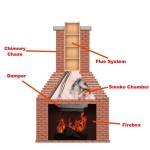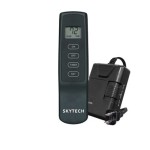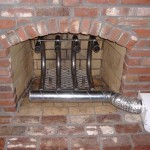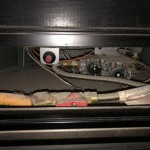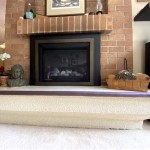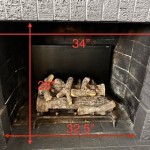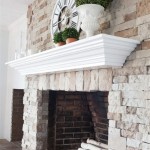Essential Aspects of Wood Fireplace Insert Efficiency Ratings
Wood fireplace inserts are a great way to add warmth and ambiance to your home. They can also help you save money on heating costs. But not all fireplace inserts are created equal. Some are more efficient than others. And the efficiency of a fireplace insert is determined by its efficiency rating.
The efficiency rating of a fireplace insert is a measure of how much heat the insert produces compared to the amount of wood it burns. A higher efficiency rating means that the insert produces more heat for the same amount of wood. This means that you will use less wood to heat your home, which can save you money.
There are a number of factors that affect the efficiency of a fireplace insert, including the design of the insert, the type of wood you burn, and the way you operate the insert. However, the most important factor is the efficiency rating of the insert itself.
When choosing a fireplace insert, it is important to compare the efficiency ratings of different models. The higher the efficiency rating, the more efficient the insert will be. And the more efficient the insert, the more money you will save on heating costs.
Here are some of the key factors to consider when comparing the efficiency ratings of different fireplace inserts:
- The type of wood you burn: The type of wood you burn can affect the efficiency of your fireplace insert. Hardwoods, such as oak and maple, burn more efficiently than softwoods, such as pine and fir. This is because hardwoods have a higher density and contain more BTU's (British Thermal Units) per pound.
- The moisture content of the wood: The moisture content of the wood you burn can also affect the efficiency of your fireplace insert. Wet wood burns less efficiently than dry wood. This is because wet wood contains more water, which takes energy to evaporate. As a result, wet wood produces less heat than dry wood.
- The size of the fireplace insert: The size of the fireplace insert can also affect its efficiency. A larger fireplace insert will produce more heat than a smaller fireplace insert. This is because a larger fireplace insert has more surface area, which allows it to transfer more heat to the air.
- The design of the fireplace insert: The design of the fireplace insert can also affect its efficiency. Fireplace inserts with a closed combustion system are more efficient than fireplace inserts with an open combustion system. This is because closed combustion systems use a fan to circulate the air around the firebox, which helps to improve the combustion process and produce more heat.
By considering these factors, you can choose a fireplace insert that is efficient and will help you save money on heating costs.

Fireplace Inserts 5 Money Saving Benefits Efficient Heating

Top 5 Reasons To Consider A Fireplace Inserts Wi Ia Il

Best Wood Fireplace Inserts Fireplaces Direct Learning Center

What Will Make Your Fireplace Energy Efficient Rockford Chimney

Why A Wood Burning Fireplace Insert Bethesda Md Service

The Best Wood Fireplaces Of 2024 Direct Learning Center

The Best Wood Burning Fireplace Inserts Or Stoves Ecohome

Wood Fireplace Inserts Cleaner Higher Heat Output

Wood Burning Fireplace Inserts Insert Installation
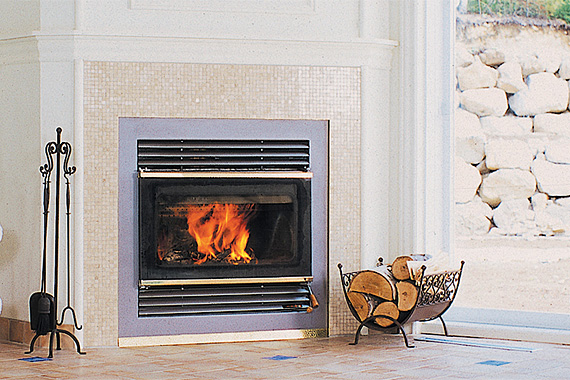
Energy Efficient Wood Burning Fireplaces

